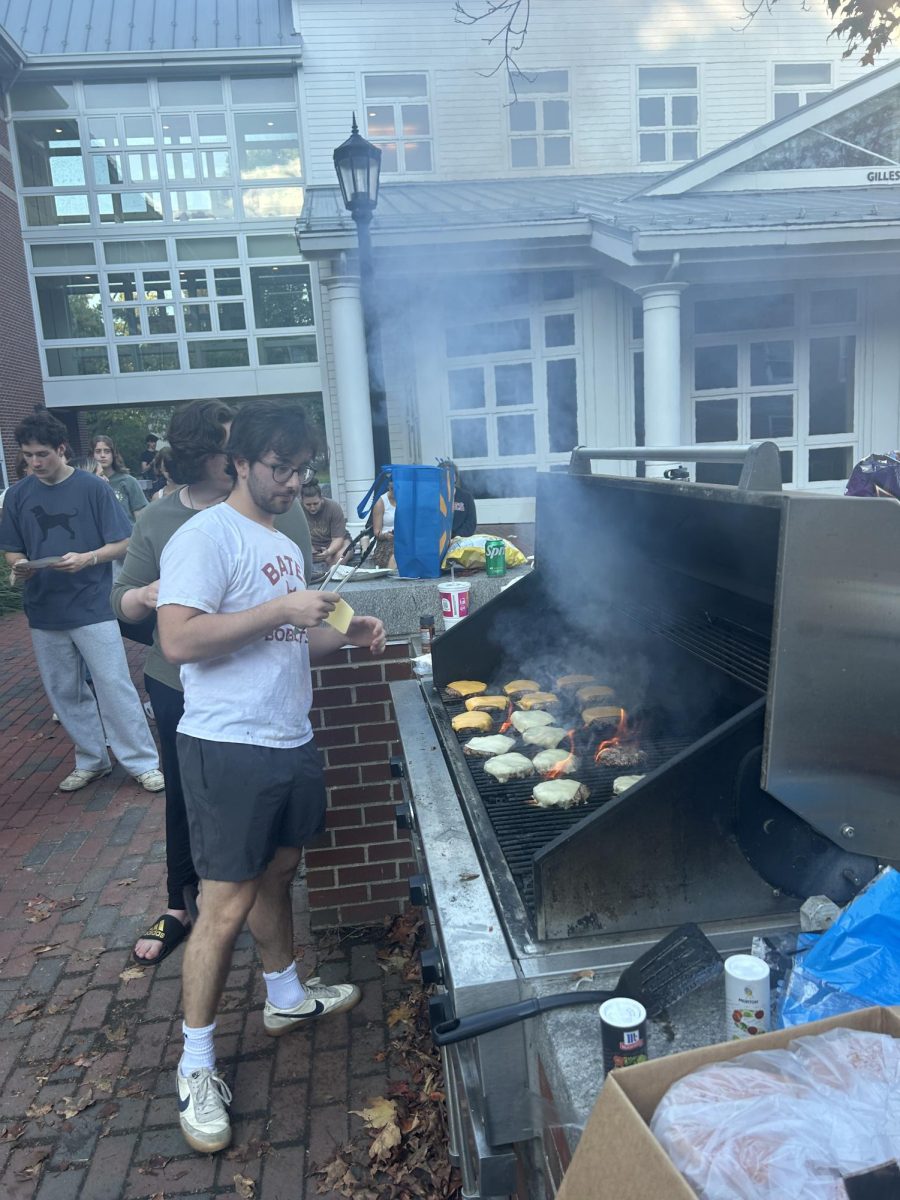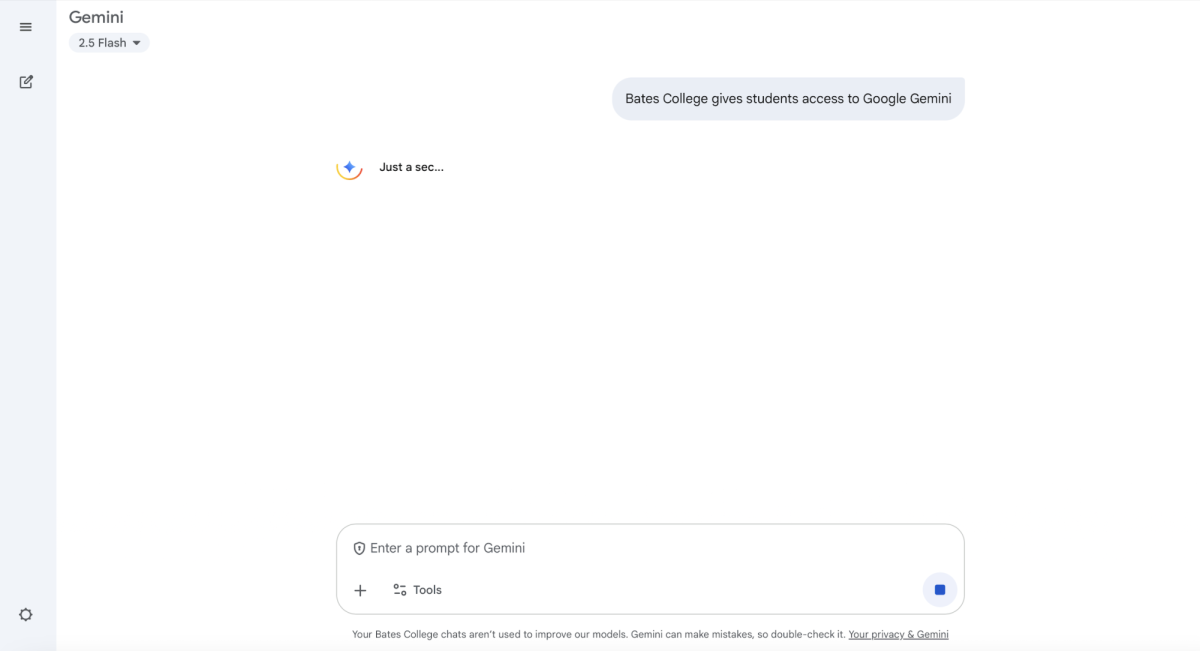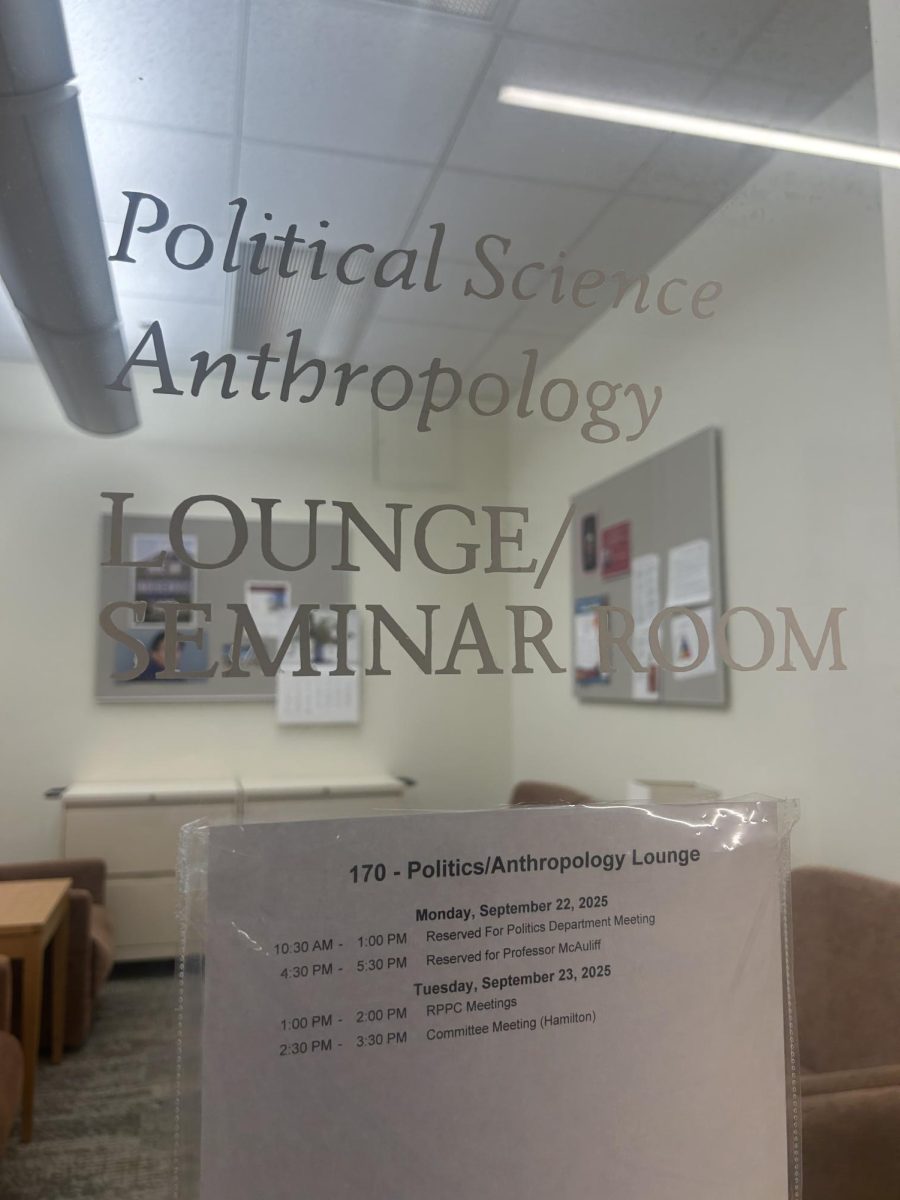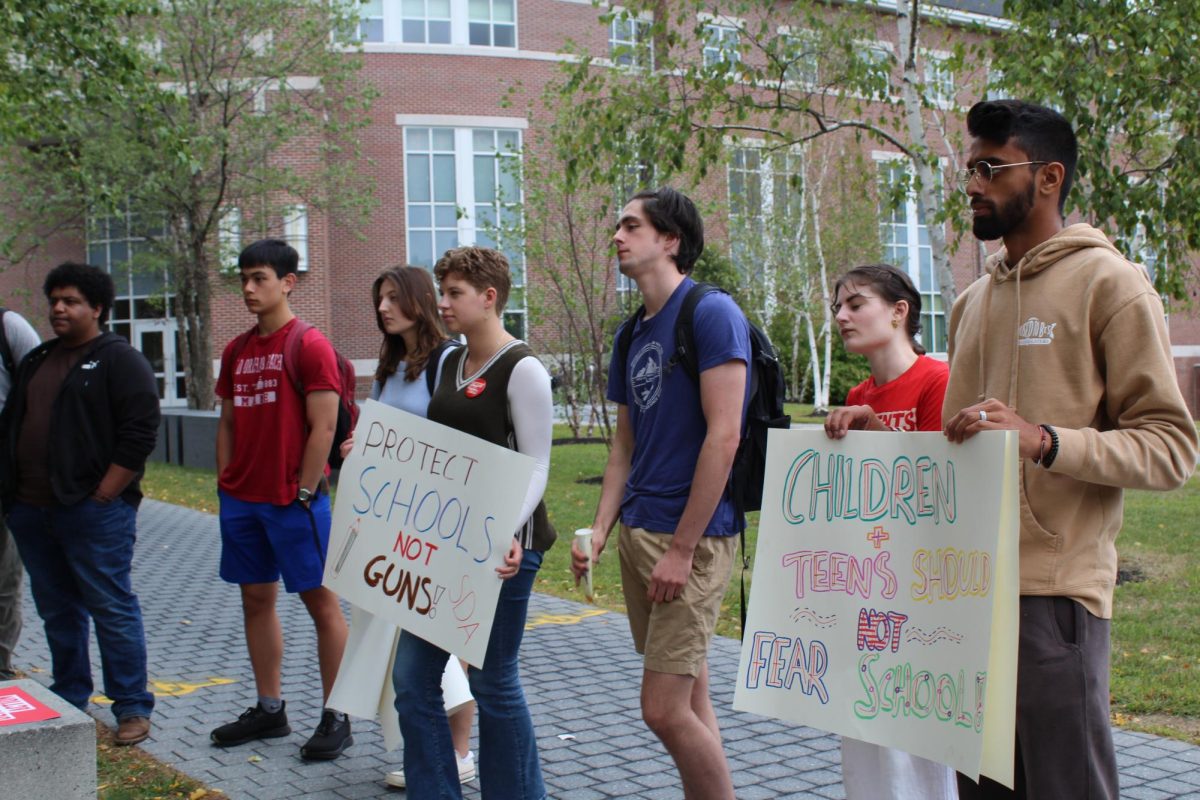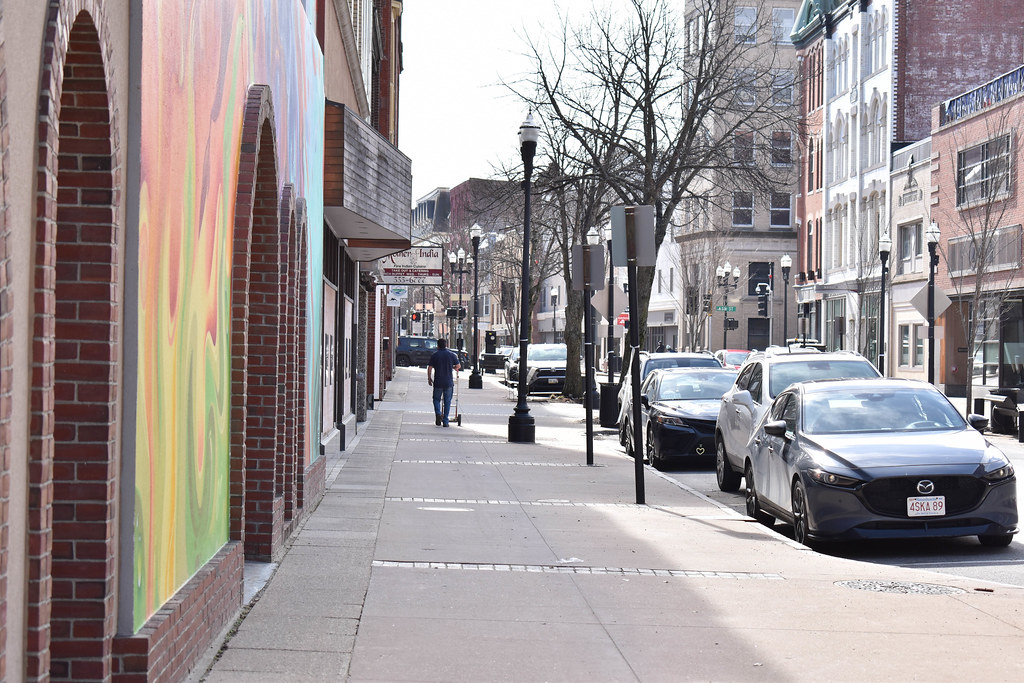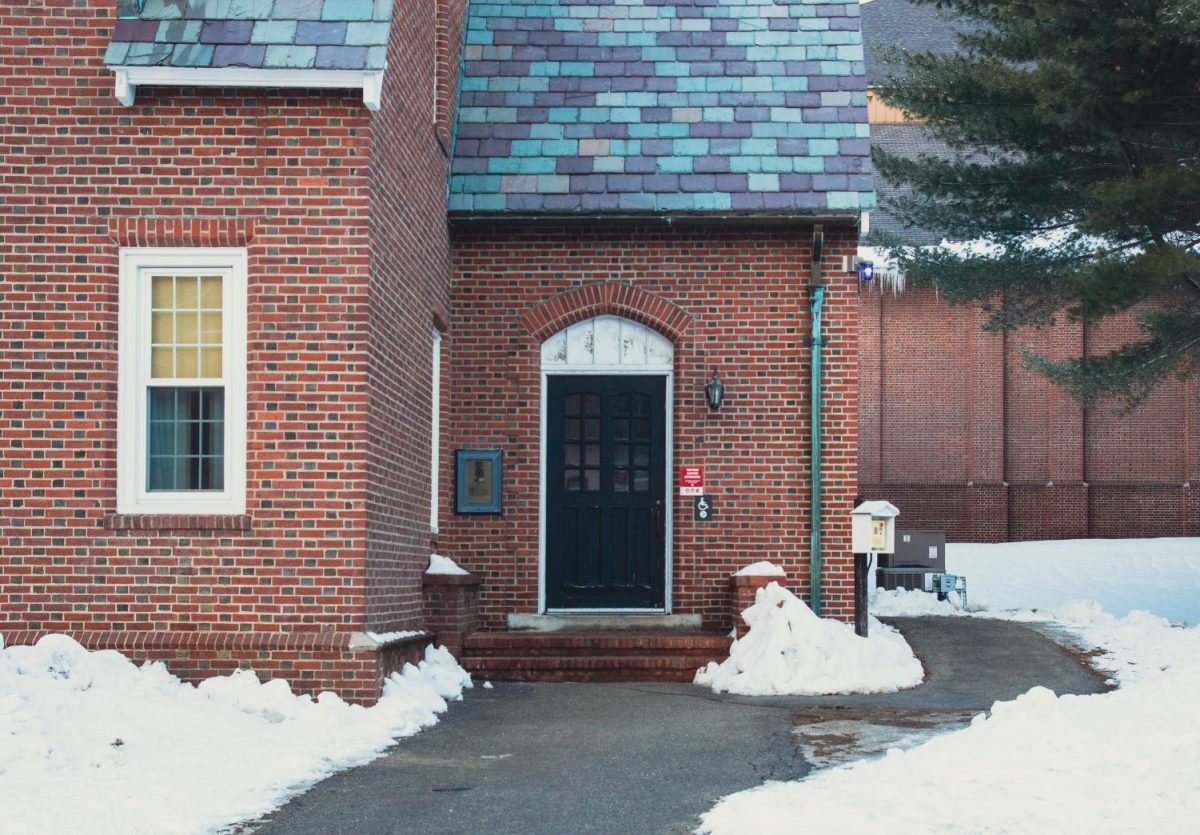The decade of the 1980’s, according to the Urban Dictionary, can be summed up in six words: sex, drugs, alcohol, music, hair, and technology. For some Bates students, those words are also an accurate description of the annual 1980’s dance, which took place this past Saturday night. The event hosted by the Chase Hall Programming Board serves for many new Batesies as an unofficial introduction into the party and drinking culture on campus. Due to various factors, it is not uncommon for students to teeter on, and sometimes fall over the edge, when it comes to testing the limits of their health and safety. However, precautions are taken by Security and Health Services to ensure that the 80’s dance and other campus events remain positive experiences.
From the perspective of Douglass Morency, the Director of Campus Safety and Security at Bates, “[The 80s dance] is a great function to support,” and “is a positive gathering and a safe space that brings everyone together.” Morency has been in his current position at Bates since November of 2017 and noted that at last year’s 80’s dance students did a great job of looking out for one another and limiting their alcohol consumption to safer levels.
Multiple steps are taken by security at school sanctioned dances to make sure students are protected. This includes a Bates security presence at the dance, and an outside contractor hired to check IDs. In cooperation with the Lewiston Police Department, security watches for open container violations, noise complaints, and other infractions to maintain a positive community relationship. “All of these measures put together bring a safe and positive environment,” says Morency.
Abigail Alfred, the Manager of Outreach and Support Services from Bates Health Services, similarly finds the 80s dance to be a positive event. “Generally, it seems great to have big social events that bring campus together for socialization and good times.” Alfred, did, however, make note of some factors of the dance that are potential causes for worry.
“There are often spikes [of alcohol use] around these dance s, and that is a general concern because we want students to be safe and making smart decisions,” says Alfred. That being said, the numbers Alfred sees around the dance are not so large that she believes the event should be abolished. “Clearly there seems to be a drinking culture around it, but it doesn’t seem to be the only thing that is going on.”
Efforts are taken by health services to promote student health and safety. One of the most important objectives is making sure students are using substances safely. Health Services additionally promotes safe sex practices and make sure student have condoms, and know that they are always available without questions asked. They also want wish to come and get tested for STIs because screening is the most effective means of preventing future transmission. Alfred additionally notes, “[STIs] are another thing that comes up around these dances, although it is harder to track and tie to these dances. But they may be connected.”
Morency and Alfred both have helpful advice for students to employ for dances in the future. Morency tells Batesies to “Live your best college lives, but know your limits.” He notes that often students want to have “memorable” nights, but often what makes something memorable is a negative occurrence. “Be together, support each other, know each other’s whereabouts, and have a safety approach from start to finish,” advises Morency.
Alfred echoed many of Morencey’s sentiments and said, “I think it is important for students to know their limits, and know what it means to be having a good time. Your decision in one night can impact your decisions and life the next day and beyond, and I think that is an important thing to keep in mind.”


